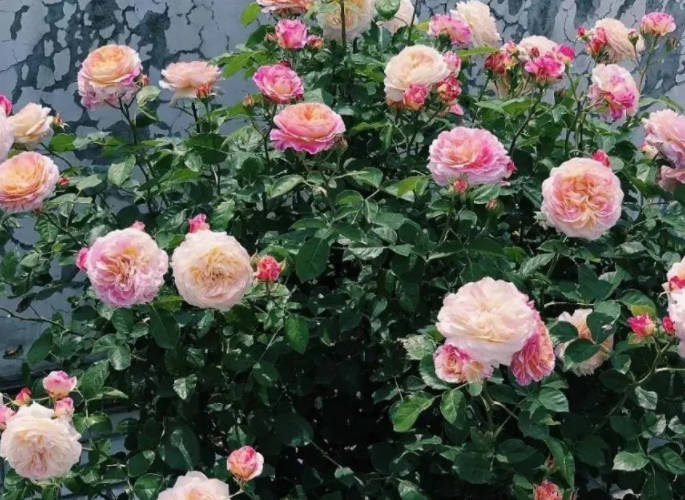4 Reasons Your Roses Won’t Bloom (Fix It Fast!)
Many gardening enthusiasts sharing their experiences with Blue Demon Vine Roses mentioned that their own roses have a very small number of blooms, nothing like the walls full of blooms like Blue Demon. Others state that their vine roses don’t bloom at all and haven’t grown any buds in two years. What is the reason for this?
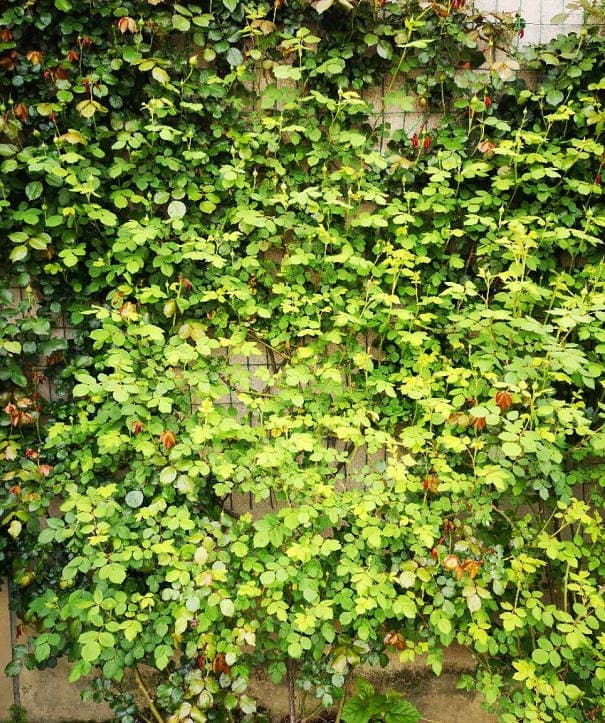
1. Variety
Different rose varieties have a big impact on blooming. Some varieties are more likely to flower (hardy bloomers) while others are less likely to flower (lazy bloomers). Jensen roses, for example, tend to grow only leaves and not much bloom, despite their beautiful and color-changing flowers.
Some varieties of old-fashioned flowering roses are single-season bloomers that hardly ever bloom outside of spring. These varieties may also bloom sparsely or even not bloom in the spring if they are pruned excessively during the winter. Although fewer roses of this type are grown in the United States, many gardeners prefer multi-season blooming varieties.
For those who choose vine roses, many tend to favor single-season blooming varieties because after winter dormancy, spring blooms are usually very heavy. However, single-season garcinia roses may not be a good fit for gardening enthusiasts in the South, where there is not much blooming in the spring and even less in other seasons.
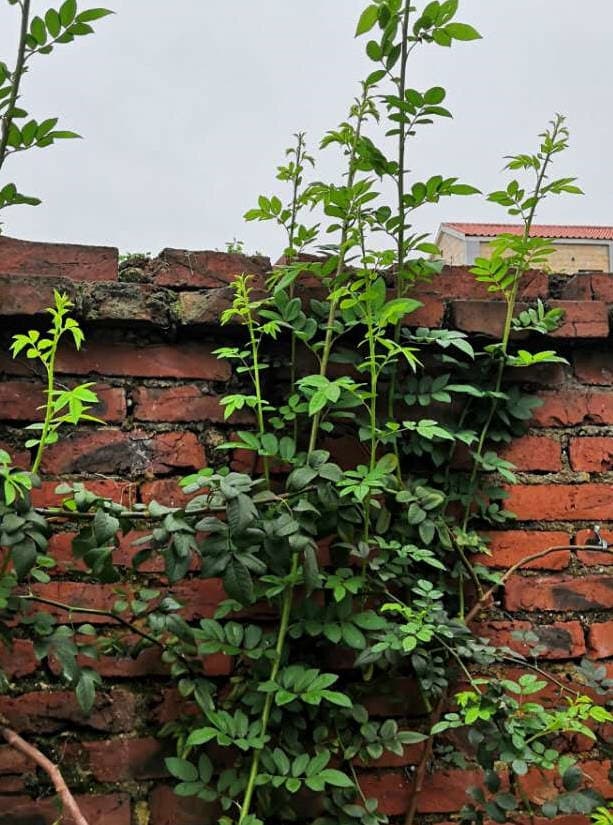
If you accidentally purchase a fake vine rose (which is actually a wild rose masquerading as one), it will grow wildly all year round without blooming. Therefore, when choosing a variety, those in the south should consider the flowering characteristics of the variety to avoid wasting time and energy.
2. Insufficient light
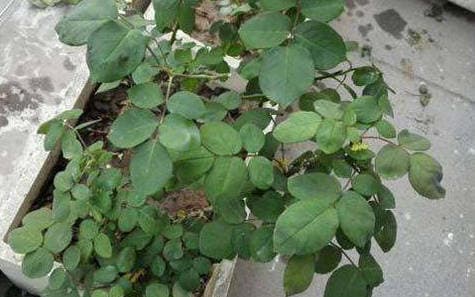
Besides the variety factor, the environment also affects the flowering of roses. Especially when space is limited, roses are often planted in shady locations, such as under large trees or in the corners of the north wall. Insufficient light in such locations will lead to poor growth of roses, resulting in fewer blooms or even no blooms.
If light conditions are not favorable, it is recommended to choose shade-tolerant rose varieties and ensure at least 4 hours of direct sunlight per day.
3. Improper fertilizer application
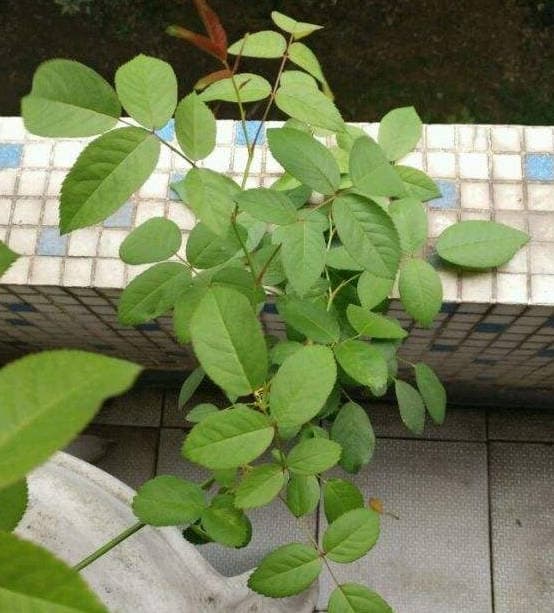
It is difficult to improve non-flowering caused by varieties and light problems, but if the problem is caused by improper management, it can be solved by adjusting the maintenance methods.
- Nitrogen fertilizer: Excessive application of nitrogen fertilizer can lead to over-sized leaves and fewer blooms. Timely adjustment of fertilizer strategy to increase the use of phosphorus and potassium fertilizer can effectively improve the situation.
- Calcium deficiency: Over-application of potassium phosphate may cause the terminal buds to wither and fall off. The damaged branches should be pruned, supplemented with nitrogen and calcium fertilizers, and new buds can be grown to re-bloom.
4. Lack of pruning

Many gardeners know that roses need pruning, but often don’t know how to do it. The result is a huge plant but few flowers and many dead branches in early spring. In this case, dead, diseased and old branches should be pruned primarily during the growing season, retaining healthy new branches. After flowering, prune back flowering branches and do a heavy pruning in winter after leaf fall to promote new growth.
If it is the southern region, it can be drastically pruned first between December and January, retaining a small number of branches with leaves, and then enhance the supply of fertilizer and water by pulling across to promote the growth of new branches at the bottom and renew the plant.





